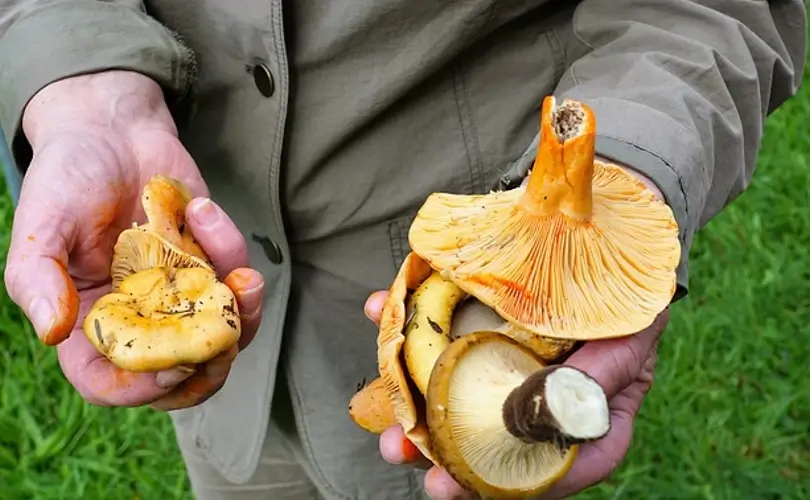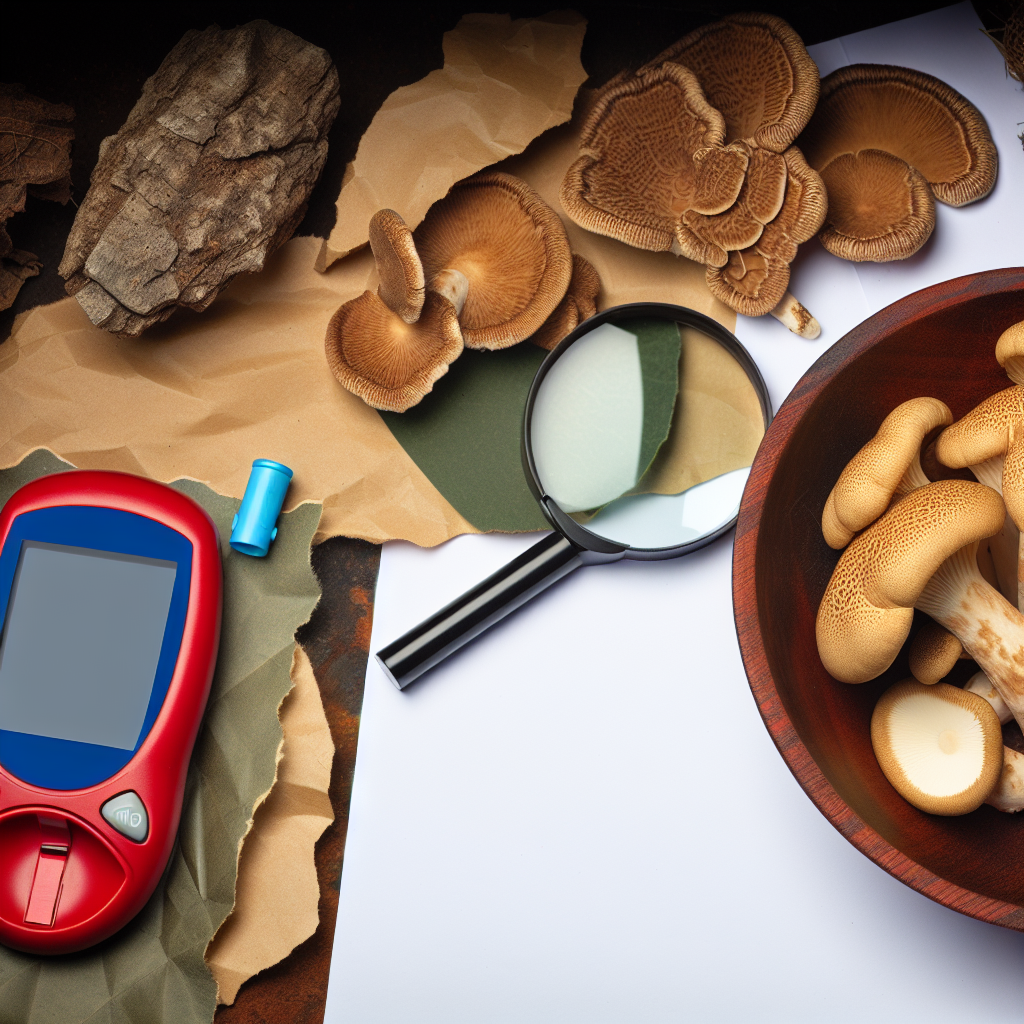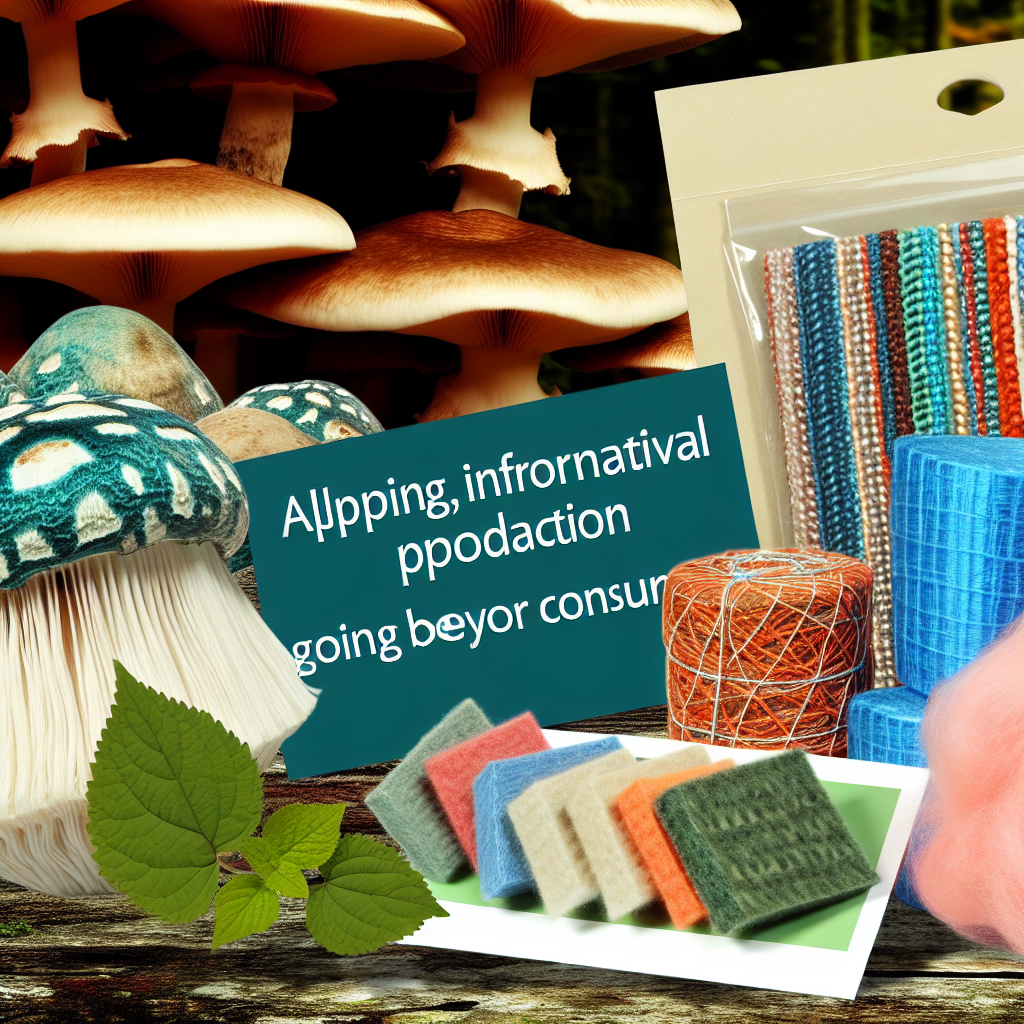While mushroom picking is a great outdoor activity, it requires some preparation to ensure a fun and fruitful outing. You should also bring a journal to record your findings, the locations of your favorite mushroom forays, and a dependable field guide, such as John Wright’s Mushrooms: River Cottage Handbook No. 1.
How to Spot the Useful Mushrooms Around You
One common mistake people make when foraging is to collect every mushroom they come across. However, this could be harmful to the health of the mushrooms you’re trying to harvest, and it could also lead to an overabundance of spores that need to be more welcome in the area.
To lessen the likelihood of polluting the environment, only select a small number at a time, and don’t disturb the soil around you too much. You should also avoid picking mushrooms unless you know they are safe to eat and have been positively identified as edible.
Mushrooms growing on someone else’s land are off limits, as well, because doing so is disrespectful. This is because, in many nations, it is illegal to harvest mushrooms from private property. Before going on a mushroom hunting excursion, you should research the laws of your country to avoid fines or even jail time if you are caught. It’s best to search the ground for fungi.
Michael Potter, an organic farmer at Oregon’s Northwood Farms, claims mushroom production is best in soils rich in fungi rather than soils rich in bacteria. Fungal growth is most likely in areas with abundant decaying organic matter, such as fallen leaves and decaying tree trunks.
If you’re serious about foraging, you may get a soil test from a local nursery to see what plants thrive in the area around you. Then you’ll be able to determine where the best picking possibilities are located with confidence.
The Right Time to Decide
It’s crucial to remember that mushrooms have a maturation period before they can be picked when making your selection. Therefore, it is preferable to wait until the mushrooms have contracted and are ready to open their caps before doing so. The cap’s size, color, and texture are just a few visual cues to watch.
It depends on what kind of mushroom you’re after and what time of day is best for picking. Shiitakes must have their caps open to be harvested, unlike morels, which may be done as soon as they start to crack open. One variety of mushrooms is called shiitake.
Though timing can be tricky even for experienced mushroom hunters, the three days between the pinnae opening and the veil breaking are a good general indicator of when it is safe to harvest. Knowing when to harvest is crucial for a successful foraging expedition and can pay dividends in time and effort saved.
The Prime Location for Choosing
When looking for the best places to collect mushrooms, you should focus on areas visited within the last few years. That could be a section of land that was recently burned, or it could be a trail through the woods that only gets a little foot traffic. Due to their preference for disturbed soil and their inability to thrive in soil that is too damp, morels are commonly seen in these regions. Mushrooms can be found by following a small river or creek downstream.

Dominic E. is a passionate filmmaker navigating the exciting intersection of art and science. By day, he delves into the complexities of the human body as a full-time medical writer, meticulously translating intricate medical concepts into accessible and engaging narratives. By night, he explores the boundless realm of cinematic storytelling, crafting narratives that evoke emotion and challenge perspectives. Film Student and Full-time Medical Writer for ContentVendor.com




